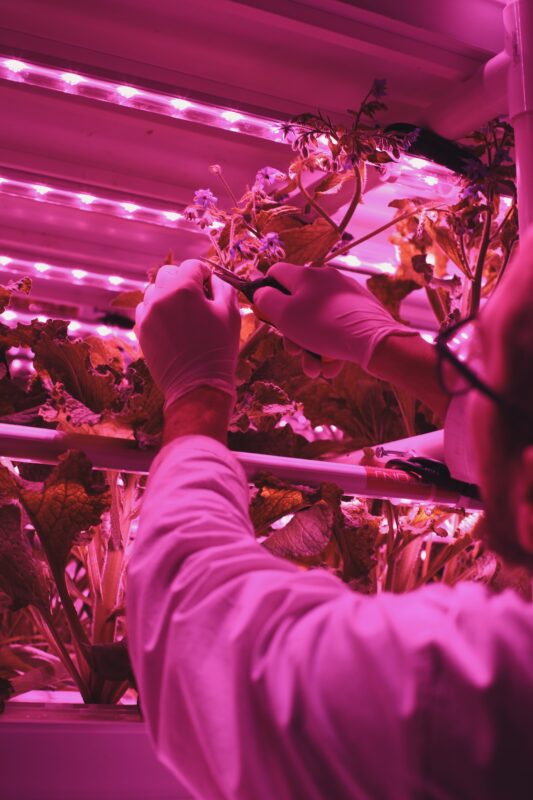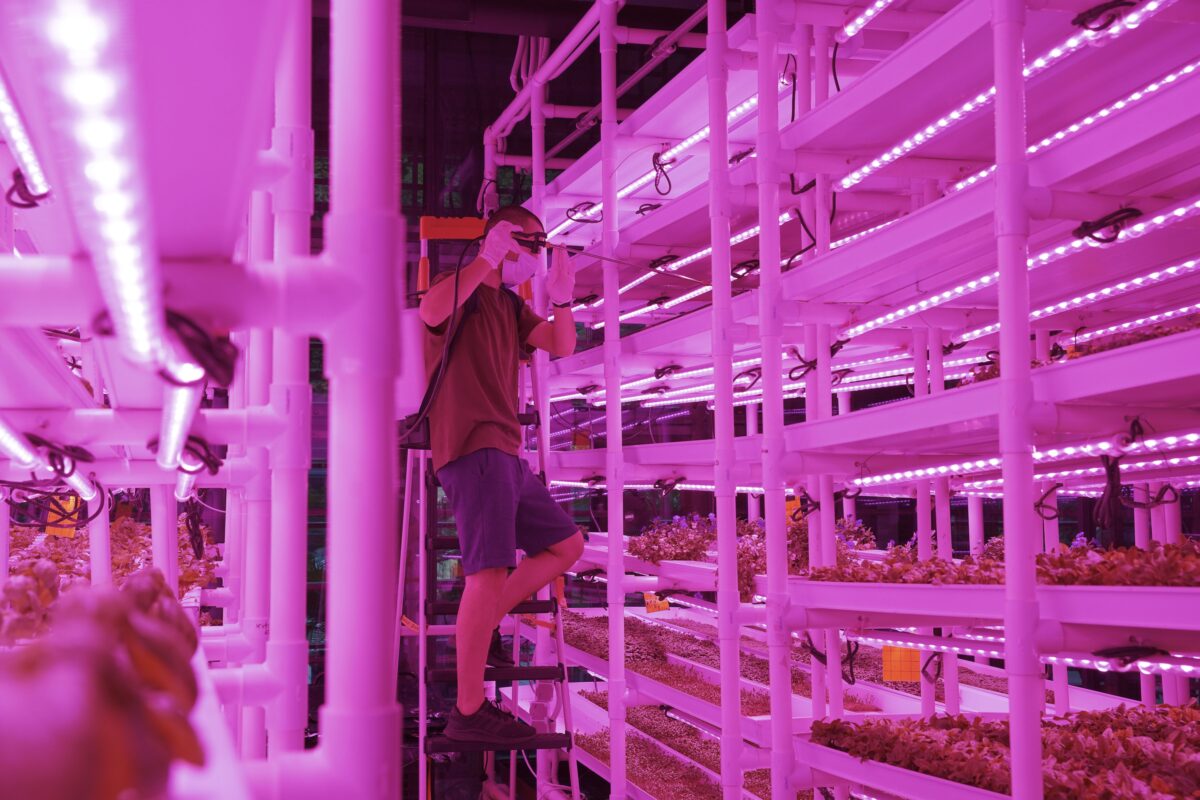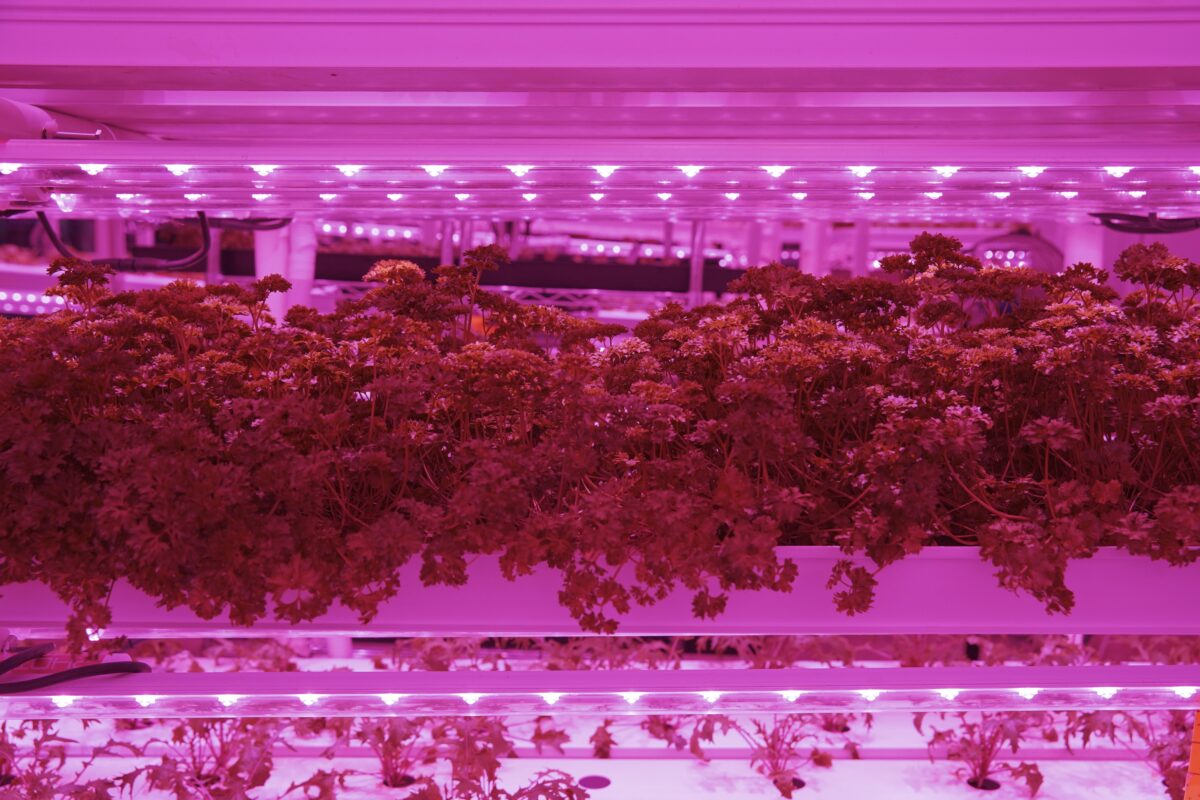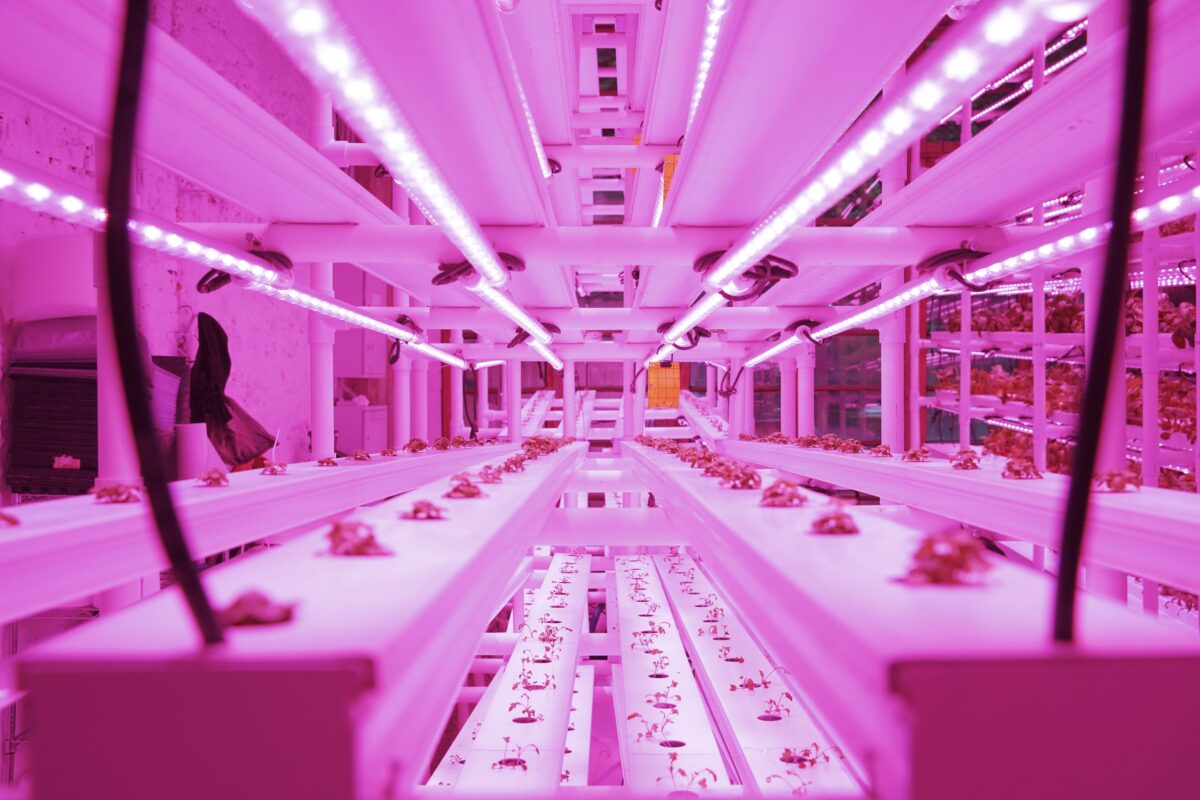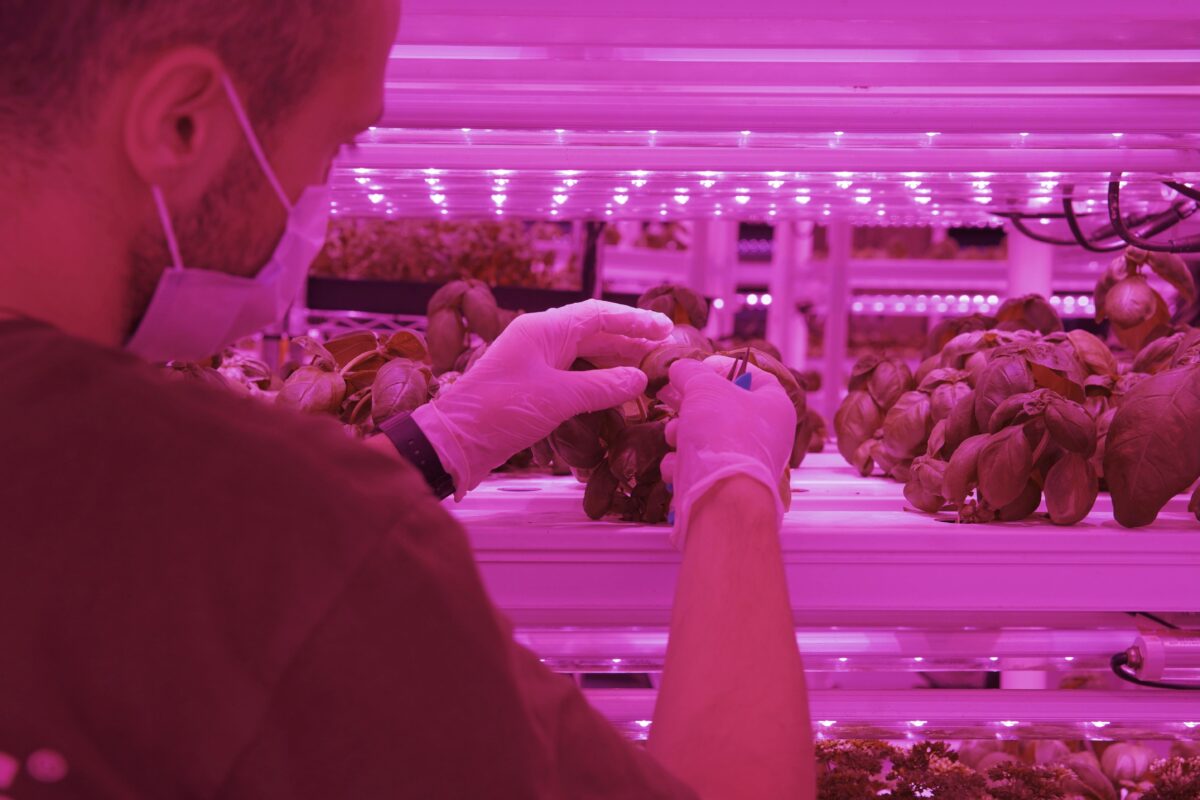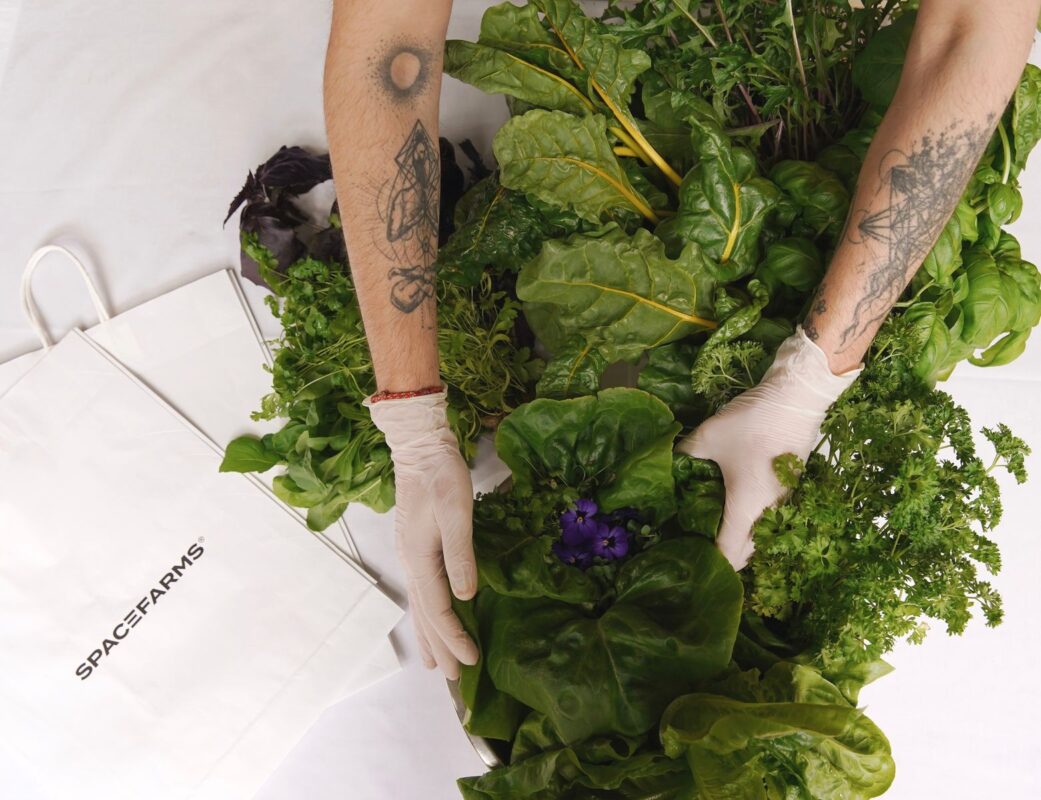In the last 20 years, hydroponics has become an increasingly popular cultivating method. It dates back to ancient civilization and has been around for ages. However, times have changed, and our present understanding of hydroponics allows us to produce a higher number of crops with fewer resources.
What Is Hydroponic Farming?
A hydroponic farm’s main concept is that water replaces soil. The water is treated using solutions to provide easily accessible nutrients for healthy production. Nutrients like nitrogen, phosphorus, potassium, and calcium may be added to the water depending on the plants being grown.
What are the Benefits of Hydroponics?
There are numerous benefits to hydroponic vertical farms. They are known for producing crops that are more nutritious requiring less space and water. In the future, hydroponics might become the main plant-growing method.
Here are the reasons why hydroponic farming is the future:
1. A hydroponic system allows farmers to have complete control over their crops
Farmers can control pH and nutrients to ensure that plants receive the nutrition they require. The systems are closed, and the water is constantly recycled. Farmers can regulate temperatures and lighting schedules to boost plant yield by farming indoors. Hydroponics enables us to sustain farming in areas where land is restricted or soil conditions are insufficient.
2. Less use of water
When you produce your crops hydroponically, you utilize fewer resources like water and fertilizers. Massive amounts of water are wasted in traditional field crops. With hydroponics, only around 0.1 percent of the water taken in through a plant’s roots is actually utilized by the plant. Hydroponics systems use recirculated water, which allows plants to absorb what they need and then return the balance to the system.
Why is this important? According to a 2019 World Health Organization report, just 71 percent of the world’s population has access to safe drinking water. Half of the world’s population will be living in water-stressed areas by 2025.
3. Maximizes space
Plants produced under hydroponics require significantly less space than those cultivated in soil. When hydroponics and vertical farming techniques are merged, they can require up to 99% fewer lands than traditional agricultural techniques.
Hydroponic plants have a smaller footprint since their roots do not have to spread out to find nutrients and moisture. Depending on the hydroponic technology used, water and nutrients are given directly to the roots, either periodically or continuously.
4. Produces More Crops
Creating a perfect environment ensures that plants acquire the right amount of nutrients, which are sent directly to the roots. Microclimates also enable year-round growth and shorter crop cycles. All of this combines to produce significantly larger yields than traditional agricultural methods.
5. Higher Quality Food
When it comes to the crops, fresher is certainly better. Few people live in climates where they can have fresh vegetables all year due to temperature and soil conditions.
In traditional farming, picking food before it’s ready and letting it ripen in warehouses has long been the solution. Ethylene gas is commonly used to ripen crops too.
Food that ripens naturally on the plant is usually higher in nutrients and has a superior flavor. These crops can be cultivated anywhere as hydroponic gardens have their microbiomes. Because they don’t have to travel far to reach the destination where they’ll be consumed, they can be picked at their peak of ripeness.
As you can see, hydroponics growth methods have numerous advantages. At SpaceFarms, we use hydroponics to grow pesticide-free crops faster and safer throughout the year. Get your healthy mix of greens today!

 Eng
Eng Geo
Geo